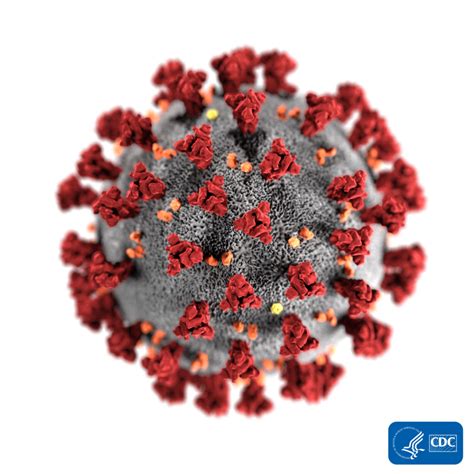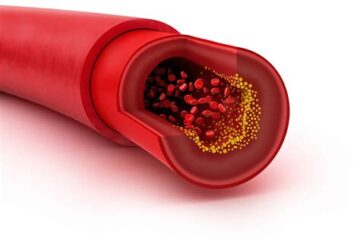
Several recent publications have recently presented evidence of viral load rebound or recurrence of COVID 19 symptoms after completion of a full 5 day course of Paxlovid therapy and subsequently testing negative for the SARS-CoV-2 virus. These symptoms as well as the concomitant rise in viral load has been reported to occur between 2-8 days after completion of the antiviral therapy. In a recent article by Pandit et al, the authors report an incidence of viral recurrence of 14.2% in Paxlovid treated patients versus 9.3% in the control group. Symptom rebound in Paxlovid patients was even higher at 18.9% compared with 7% in controls. The abstract is reprinted below.
The full article can be read here.
The Paxlovid Rebound Study: A Prospective Cohort Study to Evaluate Viral and Symptom Rebound Differences Between Paxlovid and Untreated COVID-19 Participants
.
The Paxlovid Rebound Study: A Prospective Cohort Study to Evaluate Viral and Symptom Rebound Differences Between Paxlovid and Untreated COVID-19 Participants
Authors: Jay A. Pandit1, Jennifer M. Radin1, Danielle Chiang1, Emily Spencer1, Jeff Pawelek1,
Mira Diwan1, Leila Roumani2 & Michael Mina2
Abstract:
Introduction: The uptake of Paxlovid in individuals infected with COVID-19 has been
significantly limited by concerns around the Paxlovid rebound phenomenon despite the scarcity
of evidence around its epidemiology. The purpose of this study was to prospectively compare the
epidemiology of Paxlovid rebound in treated and untreated participants with acute COVID-19
infection
Methods: We designed a decentralized, digital, prospective observational study in which
participants who tested positive for COVID-19 using eMed Test-to-Treat telehealth kits and were
clinically eligible for Paxlovid were recruited to be evaluated for viral and symptom clearance,
as well as rebound. Participants were assigned to a Paxlovid or control group based on their
decision to take Paxlovid. Following initial diagnosis based on a telehealth proctored test both
groups were provided 12 telehealth proctored rapid antigen home tests and asked to test on a
regular frequent schedule for 1
6
days and answer symptom surveys. Viral rebound based on test
results and COVID-19 symptom rebound based on patient reported symptoms were evaluated.
Results: Viral rebound incidence was 14.2% in the Paxlovid group (n=127) and 9.3% in the
control group (n=43). COVID-19 symptom rebound incidence was higher in the Paxlovid group
(18.9%) compared to the control group (7.0%). There were no notable differences in viral
rebound by age, gender, pre-existing conditions, or major symptom groups during the acute
phase or at the 1-month interval.
Conclusion: This preliminary report of our prospective study suggests that rebound after
clearance of test positivity or symptom resolution is higher than previously reported. However,
we observed a similar rate of rebound in both in the Paxlovid and control groups. Large studies
with diverse participants and extended follow-up are needed to better understand the rebound
phenomena.
For more interesting articles like Frequency of COVID 19 rebound after Paxlovid may be higher than thought @ יואל קסלר check out our blog as well as our COVID 19 page.


